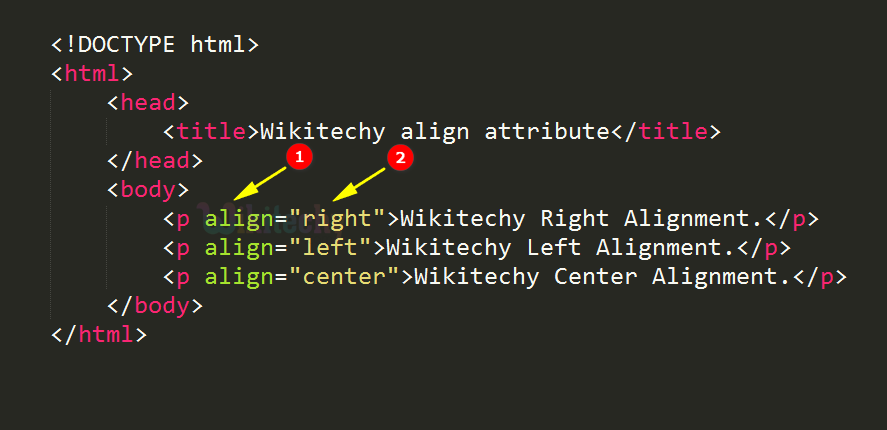

This will split and loop using carriage return/line feed. 'Draw the paragraphs of the provided text. ' Draw within a rectangle excluding the margins.ĭim rect As New (TextMargin.Left, TextMargin.Top, sizeX - TextMargin.Left - TextMargin.Right, sizeY - TextMargin.Top - TextMargin.Bottom) G.TextRenderingHint = .SingleBitPerPixelGridFit If not smooth enough, try killing transparent background by clearing graphics with white. 'Create the graphics object for drawing from that temp bitmap and blank out the background.ĭim g As = (bmp) 'If an error occurs due to the image sizing and memory, a "can't load this image" x will appear in this image's place on reportĭim bmp As New (sizeX, sizeY, 32bppArgb)īmp.SetResolution(resolution, resolution) This should provide a better quality image for printing without using all of the 'resolution and default screen based resolution. Use provided size (in Px) taking difference between desired

'Create a temporary bitmap in memory to use as the drawing surface. Public Function picText_Paint(text As String, sizeX As Integer, sizeY As Integer, resolution As Integer, LineSpacing As Single, ExtraParagraphSpacing As Single, font As, TextMargin As, colorBrush As ) As Byte() Add references to and using the local GAC folder and finding the subfolders for each dll (default: C:\Windows\Microsoft.NET\assembly\GAC_MSIL):
#Code for justify text in html code
To add the code needed to accomplish the task at hand, you will need to open the desired report, and go into the Report Properties and the References tab (note: screen shots are taken using Report Builder 2016).
#Code for justify text in html full
Note that to get a full 300dpi image or better for printing, you need to make sure you have plenty of free memory! Once the text is all rendered, the bitmap is converted to a stream of bytes and fed into an Image on the desired SSRS report. There's a good set of code here I adapted to separate and draw the text for us. As each line is calculated, it is drawn to a Bitmap by a object. So to justify text, we basically need to divide the text into paragraphs by carriage returns, then by words with spaces, and measure the size of how each word will render in the selected font to determine how many words will fit on each line, and as a result, how much space between each word in that line is needed to present that line as justified. Admittedly, keeping it as text provides superior quality when printing or exporting to PDF, especially in limited memory environments. This was developed because I had a client in just this situation: wanting justified text without converting to an image in the resulting rendered document. It leaves you at the mercy of the font's implementation of the Unicode "hair space" character and how well that evenly divides into the amount of required "empty space" between words. The second method is provided solely in the event that your user base wants the rendered result to still be "text." It is not as accurate, rather gives the "feeling" of justified text.

the best looking way in this entry, and the "poor man's" justification using added spaces in the next entry. There are two ways we can accomplish this (well, without having to buy custom SSRS components or switch to Crystal Reports). Here's where some Googling (or Binging depending on your search engine preference), some language conversion, and some SSRS knowledge can come in handy to make all your text justification dreams come true. Unfortunately for those using SSRS to render extended text blocks from a database, SSRS just can't do it. (You'll notice this is the only entry on the Phidiax blog that is full justified) Those are the only options right? That might be how SSRS views the world, but nope.įull justification basically just means that both the left and the right sides of the text end at exactly the same place on the page, regardless of the line length. September 2017 Microsoft Business Intelligence, Phidiax Technology.

It will override any style set in the HTML tag or external style sheet.28. Just keep in mind, the usage of style attribute overrides any style set globally. The attribute is used with the HTML tag, with the CSS property text-align. The style attribute specifies an inline style for an element. We’re using the style attribute for adding CSS. So, use CSS to align text in table cells. The tag align attribute was used before, but HTML5 deprecated the attribute. To center align text in table cells, use the CSS property text-align.


 0 kommentar(er)
0 kommentar(er)
